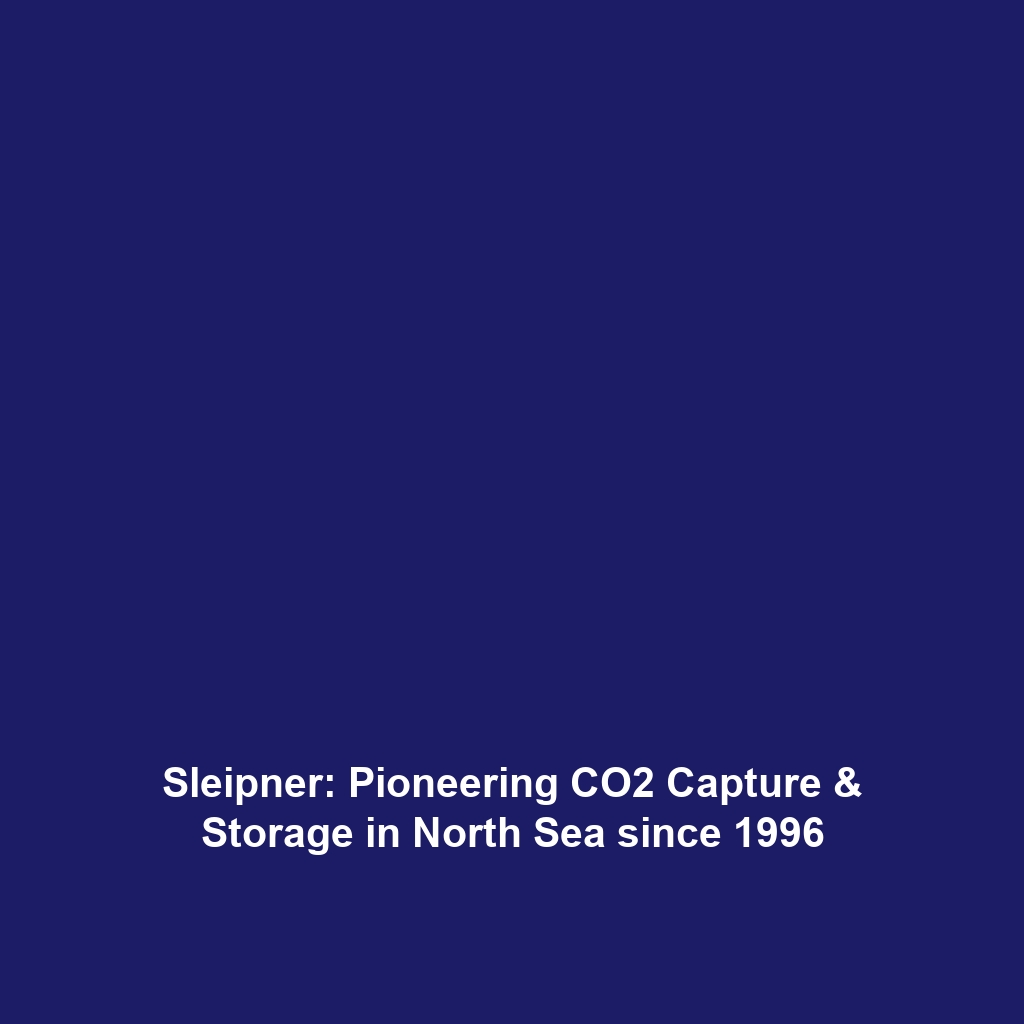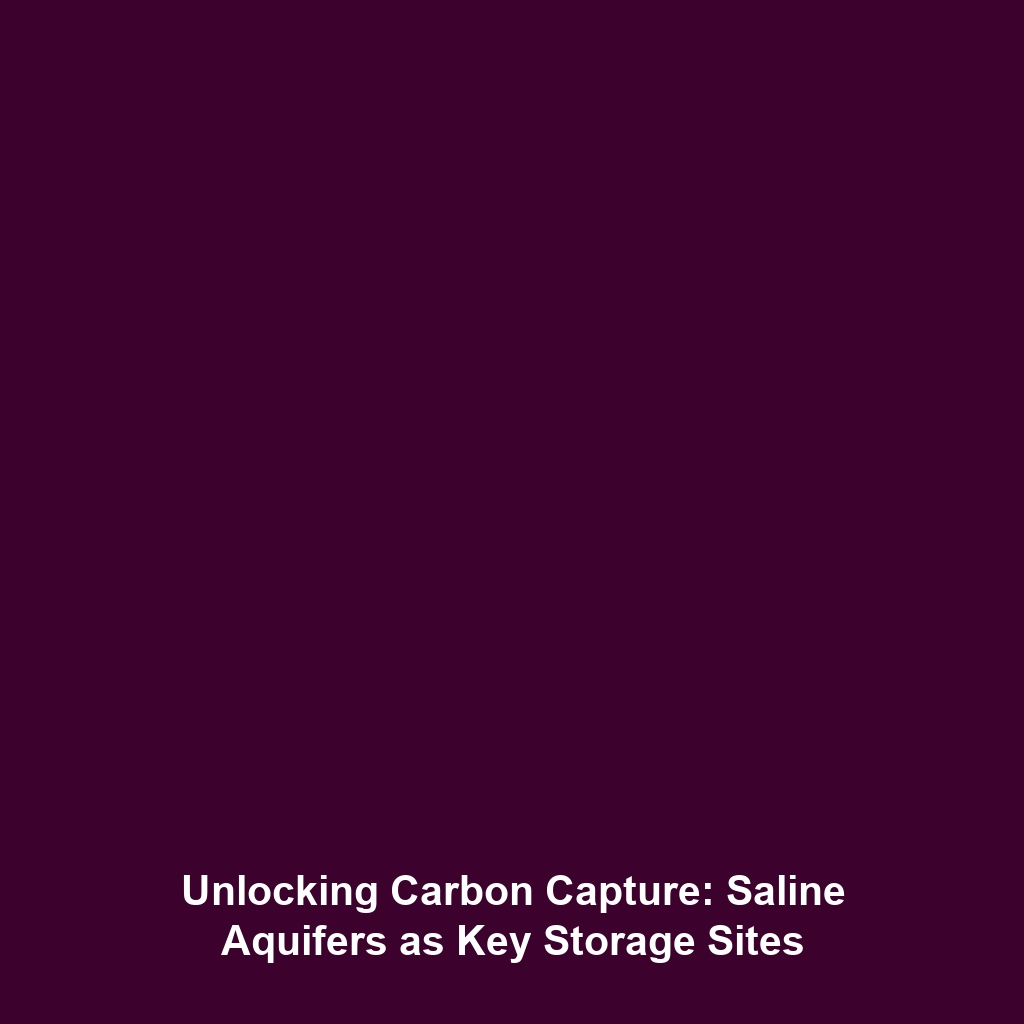Understanding Timescales in Climate History
Category: Climate History
Introduction:
The study of climate history is paramount for understanding the Earth’s climate system, with timescales serving as a crucial framework. Climate history encompasses both long-term changes spanning millions of years and short-term events occurring over decades to centuries. Recognizing these timescales is essential as it helps scientists and policymakers comprehend past patterns, predict future changes, and implement effective climate action strategies. This article delves into the significance of timescales within the broader context of climate history and explores their relevance in contemporary climate science.
Key Concepts
To better understand the timescales involved in climate history, it is vital to highlight the major concepts that underpin this domain:
Long-Term Climate Change
Long-term climate changes refer to shifts in Earth’s climate that occur over millions of years. These changes are predominantly influenced by factors such as:
- Plate tectonics
- Volcanic activity
- Solar radiation variations
Short-Term Climate Events
In contrast, short-term climate events occur over a much shorter timeline, typically spanning decades to centuries. Examples include:
- El Niño and La Niña phenomena
- Volcanic eruptions
- Anthropogenic activities
Understanding these concepts not only emphasizes the diversity of climate influences but also helps associate various climate events with the appropriate time frames. This framework is essential to discerning patterns within climate history.
Applications and Real-World Uses
The applications of understanding timescales in climate history are vast and pertinent to various fields. Below are significant real-world uses:
- Climate Modeling: How insights into long-term and short-term climate variations enhance climate modeling efforts.
- Risk Assessment: Applications of timescales in evaluating the risks associated with climate change impacts on ecosystems and human societies.
- Policy Development: How climate history informs effective policy decisions regarding climate mitigation and adaptation strategies.
Current Challenges
Despite the advancements in studying timescales in climate history, several challenges persist:
- Limited data on ancient climate indicators.
- Uncertainties in predicting future climate outcomes based on historical data.
- The need for interdisciplinary approaches to integrate various scientific perspectives.
Future Research and Innovations
Looking ahead, research in timescales of climate history is poised to benefit from several innovative advancements:
- Development of advanced paleoclimate models that incorporate new data sources.
- Breakthroughs in remote sensing technologies that enhance our understanding of climate patterns.
- Collaborative efforts between climate scientists, ecologists, and policymakers to foster comprehensive climate strategies.
Conclusion
In summary, understanding the timescales of climate history—encompassing both long-term and short-term changes—is crucial for grasping the complexities of our planet’s climate dynamics. As we move forward, it is imperative that further research be conducted to address existing challenges and unlock new innovations. We encourage readers to stay engaged with ongoing climate research and consider how historical insights can inform present-day actions to mitigate climate change. For further information on related topics, explore our articles on the effects of climate change and climate change mitigation strategies.




